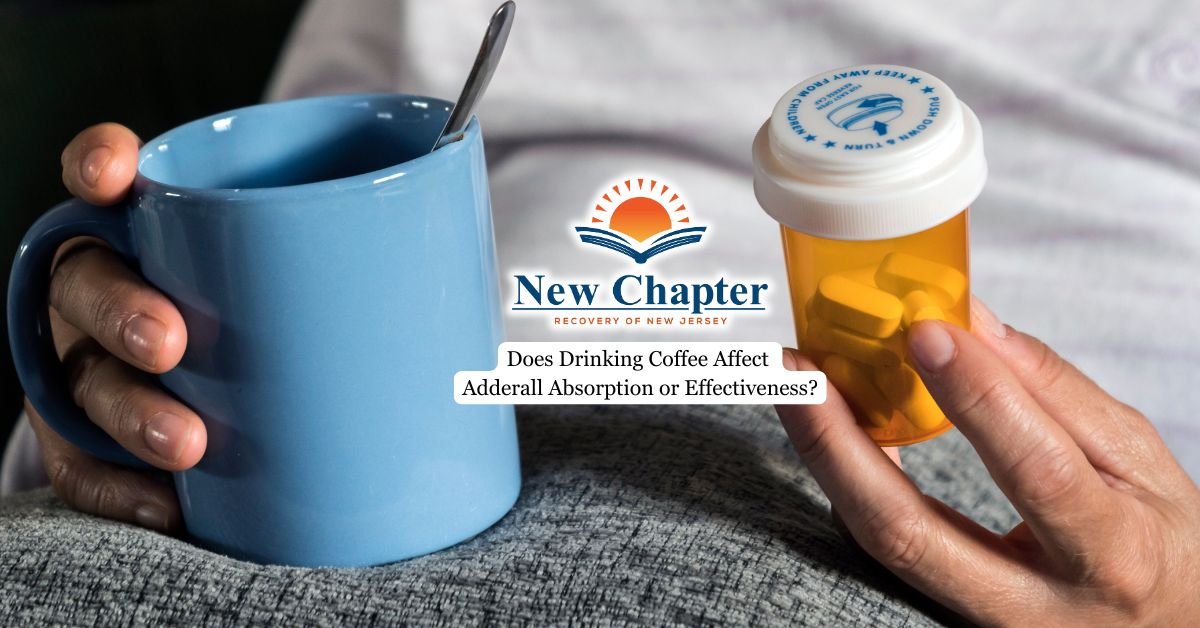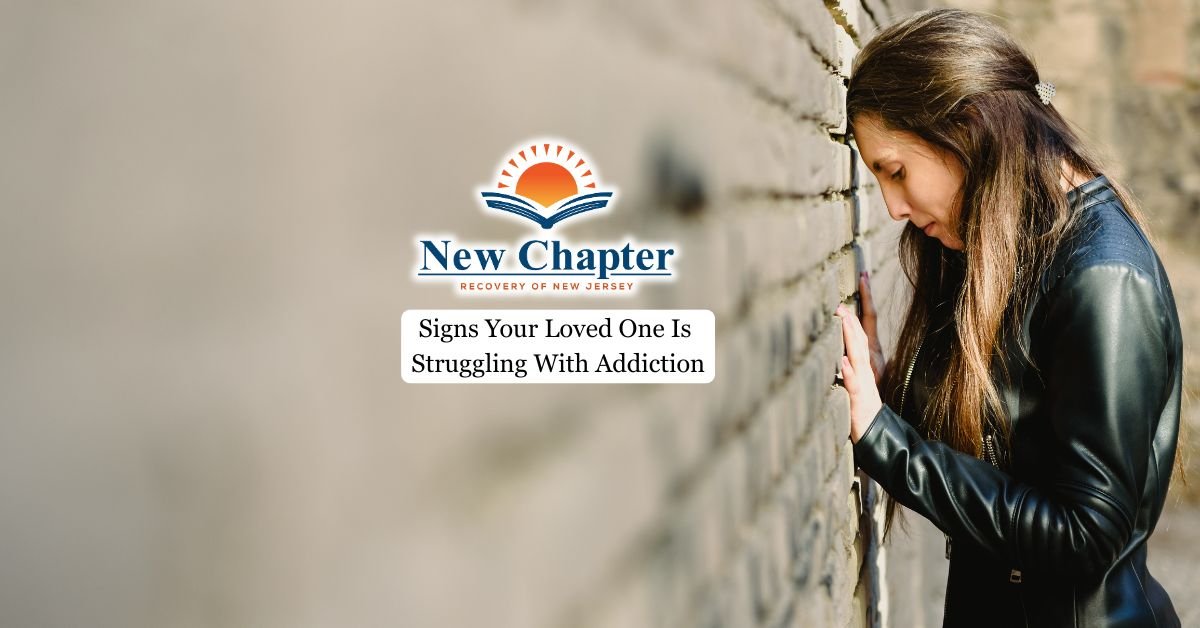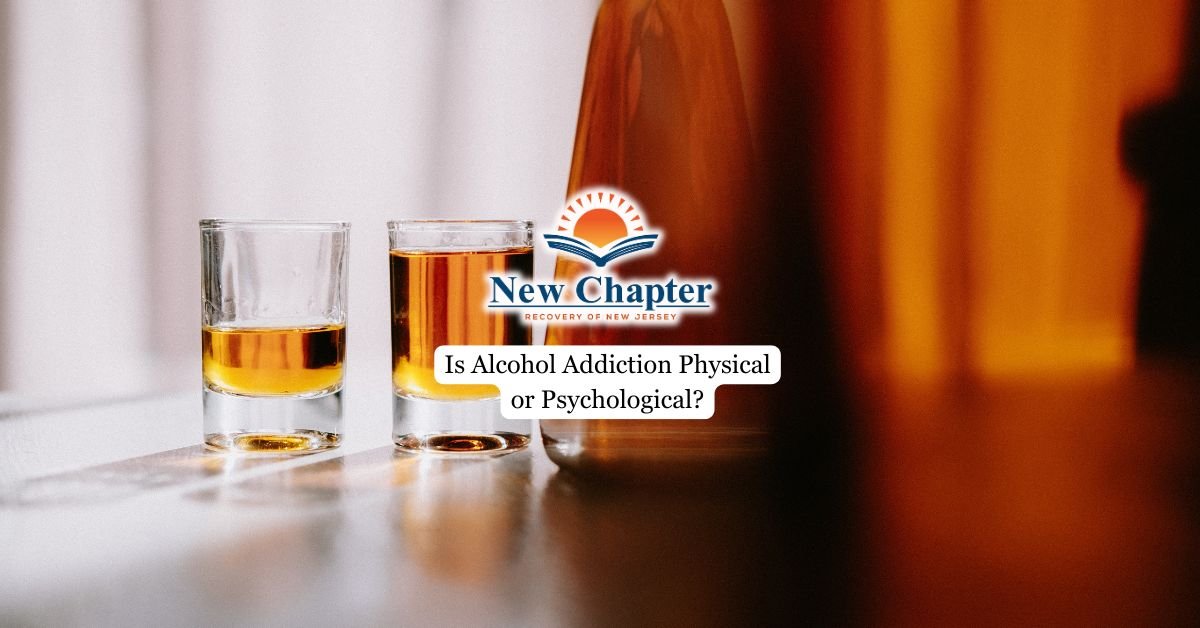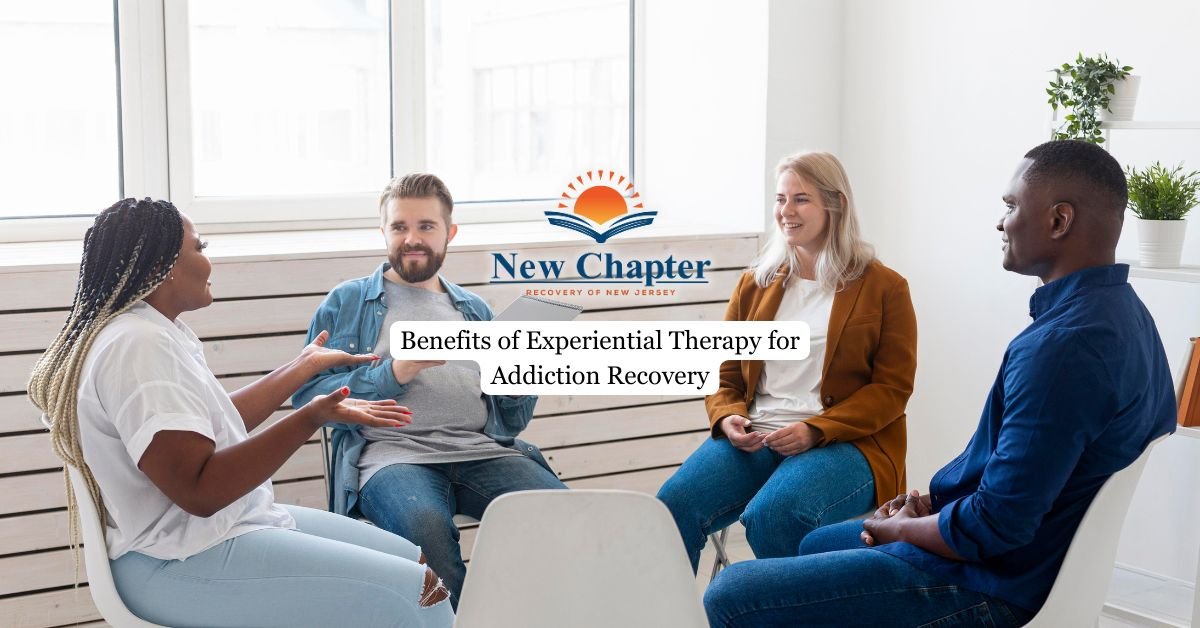Addiction is a chronic condition that affects millions worldwide, and alcohol and drug rehabilitation programs play a central role in the recovery from drug and alcohol dependence. Understanding the success rate of drug treatment and recovery is essential for those seeking effective addiction treatment options. While rehab centers provide critical support, the journey to recovery is complex, involving many factors that contribute to the overall success and sustainability of sobriety.
In this article, we will explore the success rates of drug and alcohol rehabilitation, the factors that influence recovery outcomes, and how individuals and families can make informed choices when seeking effective treatment options.

Defining the Success of Drug Rehab
Success in addiction recovery can be measured in various ways, from maintaining long-term sobriety and reducing relapse rates to improving overall quality of life. For some, success means complete abstinence from drug or alcohol use, while others may focus on managing their addiction as a chronic disease with ongoing support.
Short-term success may involve completing a residential treatment program, but the ultimate goal is lasting recovery that addresses the underlying causes of substance use disorder.
For long-term success, Intensive Outpatient Programs (IOPs) are considered highly effective in sustaining the progress made during rehab. These programs offer flexible yet structured support, enabling individuals to continue therapy, develop coping skills, and access ongoing counseling while maintaining daily routines.
Success Rates: What Research Shows
According to data from the Substance Abuse and Mental Health Services Administration (SAMHSA), about 42% of individuals who enter recovery programs complete their treatment, while an additional 22% transition to further substance use treatment programs. Among those who complete treatment programs for alcohol addiction, approximately 76% report remaining sober at three months, 69% at six months, and 70% at nine months after treatment.
The same research also shows that longer treatment duration and engagement with aftercare and medication-assisted treatment (MAT) substantially improve outcomes. For instance, patients who remain in treatment for at least 12 months are less likely to experience overdose or relapse. Florida boasts one of the highest completion rates in the U.S., with about 70% of individuals finishing their treatment programs successfully.
Nearly 68% of people completing drug and alcohol detox programs report their treatment as successful. Notably, relapse rates remain significant, with 40% to 60% of individuals experiencing relapse within the first year following rehab—rates comparable to other chronic diseases such as hypertension and asthma. This underscores addiction’s nature as a chronic condition requiring continuous care rather than a one-time cure.
While these statistics highlight the challenges of recovery, they also emphasize that these programs are effective and essential for many people struggling with addiction when combined with personalized care, strong support systems, and ongoing treatment.
Factors Influencing Success
Type and severity of substance use disorder
The specific substances involved and the extent of addiction play a significant role in drug and alcohol use treatment outcomes. For example, people with severe alcohol addiction or long-term drug use may face more intense withdrawal symptoms and require longer, more intensive treatment compared to those with less severe substance use disorder. The complexity of the addiction often dictates the level of care needed to achieve and maintain sobriety.
Individual motivation and readiness for change
A person’s willingness to engage in the recovery process is crucial. Individuals who recognize the impact of their addiction and are motivated to make lasting changes tend to respond better to treatment. Readiness also affects how well they adhere to their treatment plan and implement coping strategies post-rehab, influencing overall success rates.
Type of treatment program (inpatient, outpatient, residential) and length of treatment
Different types of programs offer varying levels of structure and support. Inpatient and residential treatments provide immersive environments that limit exposure to triggers, which can be especially beneficial for those with severe addiction or unstable living conditions. Outpatient programs offer flexibility but require a higher level of personal responsibility. The length of treatment also matters, as longer stays generally correlate with improved outcomes by allowing more time for healing and skill development.

Personalized treatment plans
Personalized treatment plans often rely heavily on Cognitive Behavioral Therapy (CBT) to help individuals address the underlying thought patterns and behaviors that contribute to addiction.
CBT teaches practical skills for managing cravings, coping with stress, and preventing relapse by reshaping negative thinking and promoting healthier habits. This therapy empowers clients to take control of their recovery by fostering self-awareness and resilience.
Support systems during and after rehab, including family and peer networks
Having a strong support network is essential to maintaining sobriety after leaving rehab facilities. Family involvement, peer support groups, and recovery communities provide encouragement, accountability, and practical help. These connections reduce feelings of isolation and help people navigate challenges that might otherwise trigger relapse, ultimately improving treatment outcomes and long-term recovery success.
Common Challenges to Success
Maintaining sobriety post-rehab can be difficult due to:
Managing cravings and withdrawal symptoms
Cravings for drugs or alcohol can be intense and persistent, even after completing a substance use addiction treatment program. These urges often stem from both physical dependence and psychological triggers, making them challenging to overcome without effective coping strategies. Withdrawal symptoms may also linger or recur, complicating the early stages of recovery and increasing the risk of relapse.
Coping with co-occurring mental health disorders
Many individuals with addiction also suffer from co-occurring mental health conditions, which can exacerbate substance use and complicate treatment unless addressed concurrently. Without integrated care, unresolved mental health issues may undermine recovery efforts, leading to difficulties in maintaining sobriety.
Avoiding triggers associated with previous drug and alcohol use
Environmental and emotional triggers—such as certain places, people, or stressful situations—can prompt cravings and relapse. Learning to recognize and manage these triggers is a crucial part of ongoing recovery. Failure to develop effective coping mechanisms for triggers often results in setbacks during the recovery process.
Overcoming social stigma and accessing continuous care
Stigma associated with addiction can lead to shame, isolation, and reluctance to seek help. This social barrier makes it harder for individuals to access continuous care and support, which are essential for long-term recovery. Limited availability or affordability of aftercare services may prevent people from receiving the sustained assistance they need, impacting success rates.
Strategies to Improve Success
Effective drug treatment incorporates:
- Individualized, evidence-based therapies like CBT
- Medication-assisted treatment (MAT) to help manage withdrawal and cravings
- Building strong sober support networks
- Development of relapse prevention and coping strategies
- Integration of addiction and mental health services for dual diagnosis patients
Final Thoughts from New Chapter Recovery
The effectiveness of drug rehab varies depending on individual circumstances, but addiction recovery statistics show that with the right support and treatment, many people overcome addiction and achieve lasting sobriety.
Addiction treatment programs in New Jersey, like the ones we offer at New Chapter Recovery, provide a comprehensive and individualized approach that supports this broader vision of success. Through personalized treatment plans combining counseling, group therapy, wellness activities, and faith-based support, we empower clients not only to overcome drug and alcohol addiction but to become part of a supportive community, starting a new chapter marked by strength, hope, and lasting recovery.






